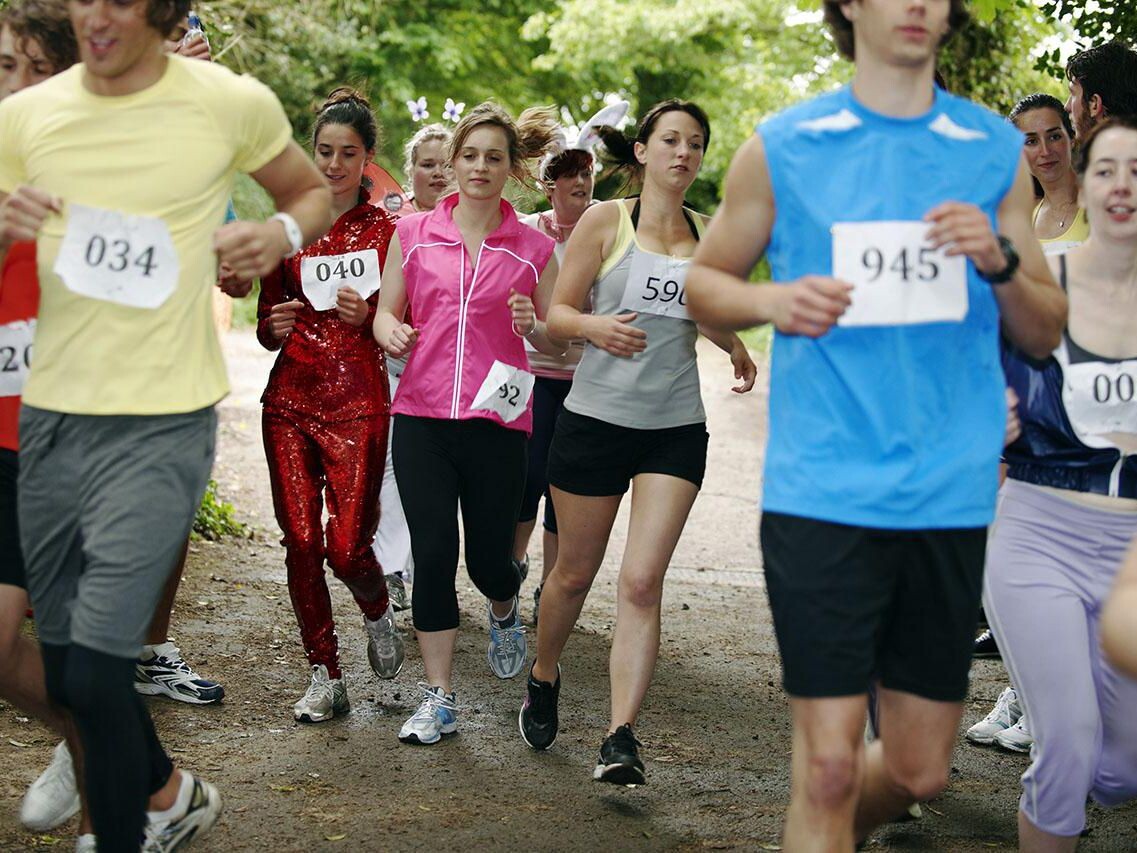Running News Daily
Running News Daily is edited by Bob Anderson. Send your news items to bob@mybestruns.com Advertising opportunities available. Train the Kenyan Way at KATA Kenya and Portugal owned and operated by Bob Anderson. Be sure to catch our movie A Long Run the movie KATA Running Camps and KATA Potato Farms - 31 now open in Kenya! https://kata.ke/
Index to Daily Posts · Sign Up For Updates · Run The World Feed
Marathon workout: the race simulation long run, Experienced marathoners can get more out of their long run with goal pace intervals to mimic the specific demands of race day
The long run is arguably the most important part of marathon training. While beginners will mostly use the weekly staple to slowly build up mileage so they can handle the marathon distance, more experienced marathoners will use a few of their long runs to simulate race day. By using your long run to practice your race pace and nutrition strategy, you can build confidence heading into race day.
How to simulate your race during your long run
There are a few factors to consider when using your long run to simulate race day. The first is pacing. The goal here is not to do your entire long run at your goal race pace (that would be overkill and likely lead to burnout before race day arrives), but instead to include some race-pace intervals during your run to mimic the feelings of late-race fatigue.

For example, an experienced marathoner could use the middle of their long run to run three to six kilometres at their goal race pace. Doing so once or twice (with five to 10 minutes of easy jogging in between) will give you practice both running at your goal pace and continuing to run afterward when you’re more fatigued. Alternatively, you could run intervals of two minutes at marathon pace followed by two minutes at easy run pace for six or eight kilometres in the middle of your run to achieve a similar effect.
The second factor to consider is nutrition. The long run is your opportunity to practice and perfect your nutrition strategy heading into race day, and when you combine this with race-pace intervals, you’ll get a much better idea of what works for you and what doesn’t.

Finally, depending on the marathon you’re preparing for, you may want to plan a route that simulates the course you’ll be running on. If your goal race has some rolling hills, for example, it’s a good idea to do your race simulation long run on similar terrain.
When should you do a race simulation long run?
It’s not necessary to turn every one of your long runs into a race simulation (and in fact, that is inadvisable). In the first several weeks of marathon training, all of your long runs should be done at an easy pace as you build up your mileage. Race simulation long runs are best saved for later in your training cycle, when your fitness level is higher.
You also shouldn’t do these every week, since they can be quite taxing. Once or twice in your training cycle is likely adequate to build your confidence and give you a good idea of where you’re at in terms of your readiness for race day. Additionally, on the weeks that you plan to do a race simulation, you may need to modify your other workouts (or eliminate one entirely) to give your body more recovery time.
Not for beginners
We said this already, but it’s worth bringing up again. If you’re training for your first marathon, you’re probably better off not doing this type of workout at all. When you’ve never done the marathon distance before, the long run is there to help you gradually build up your mileage so you can handle the distance on race day. Adapting to the increase in distance every week will already be hard enough work for your body, and it will likely do more harm than good to stress it even more by adding intervals into the mix.
If, however, it’s your third or fourth marathon and you’re looking for a way to give yourself an extra edge, the race simulation long run is the perfect way to prepare for the specific demands of race day.
by Running Magazine
Login to leave a comment




